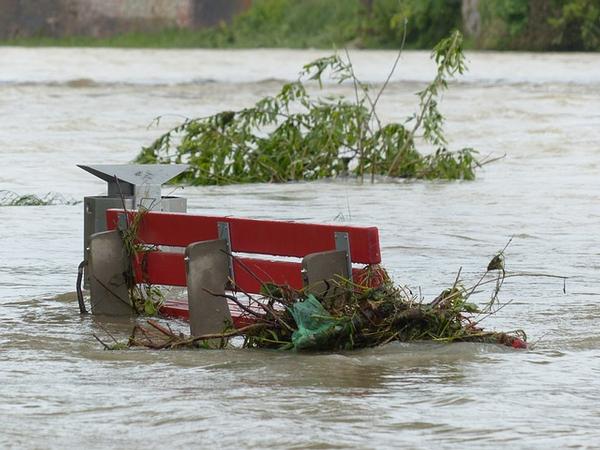Federal weather officials in the United States are painting a dire portrait of the approaching
flood season. Recent flooding that has wreaked havoc across the Midwest might merely be a sign of things to come.Â
While the majority of midwest crops have yet to be planted for this year’s harvest, record flooding has impacted a variety of other major industries, namely livestock, transportation as well as the delivery of ethanol to refineries. The great midwest floods of 1993 resulted in the deaths of 50 people and caused over $15 billion dollars in damages.
According to a recent report by the U.S. National Water Center in Tuscaloosa, Alabama, moreÂ
than 200 million people and two-thirds of the 48 contiguous states are currently at risk for flooding in their communities, 13 million of which could be facing major flooding scenarios. Many of cities along the banks of the Missouri River have already been inundated including those
in Nebraska, Iowa and South Dakota.
There are a variety of factors contributing to the likelihood of serious flooding this spring, particularly in the middle part of the country. Heavy snows throughout the winter will melt, and above-average rainfall is expected on top of that.Â
The high flood risk paints a picture far dire than the typical involves extensive inundation of structures and roads and large-scale evacuations. NOAA scientists also worn of the potential of  chemical runoff from the rains would cause above-average hypoxia conditions — “dead zones†of water with low oxygen caused by nutrient pollution that can kill fish and other marine life. Such conditions are likely to affect both the Gulf of Mexico and Chesapeake Bay.
Heavy winter snows across Colorado are expected to dramatically affect those living in flood zones across the state. According to scientists at the National Center for Atmospheric Research in Boulder (NCRA) the worst flooding in the Colorado region would happen if the weather warms up too quickly, loosely defined as having a week or so of 70-degree temperatures soon, along with the addition of heavy, warm spring rains.
What is key for Colorado homeowners to remember is that there is a 30 day waiting period after purchasing flood insurance before it becomes effective. Many homeowners don’t realize basic homeowners insurance doesn’t include flood protection. In the event that major flooding effects the Colorado region this spring,, your car, home, or valuables may fall victim to extensive damage. Such cases, you can file a catastrophe claim with your insurance even if you do not have flood insurance. Be sure to document any and all flood damage that affects your property once it is safe to go outdoors. This will help an adjuster evaluate your situation.Â
For more information and help with catastrophe insurance claims this flood season, the experienced, knowledgeable team here at Aspen Claims Service can help. We have experienced adjusters available 24 hours a day, seven days a week. Keep our phone number 888-819-5904 in your phone to call in the event of an emergency.




